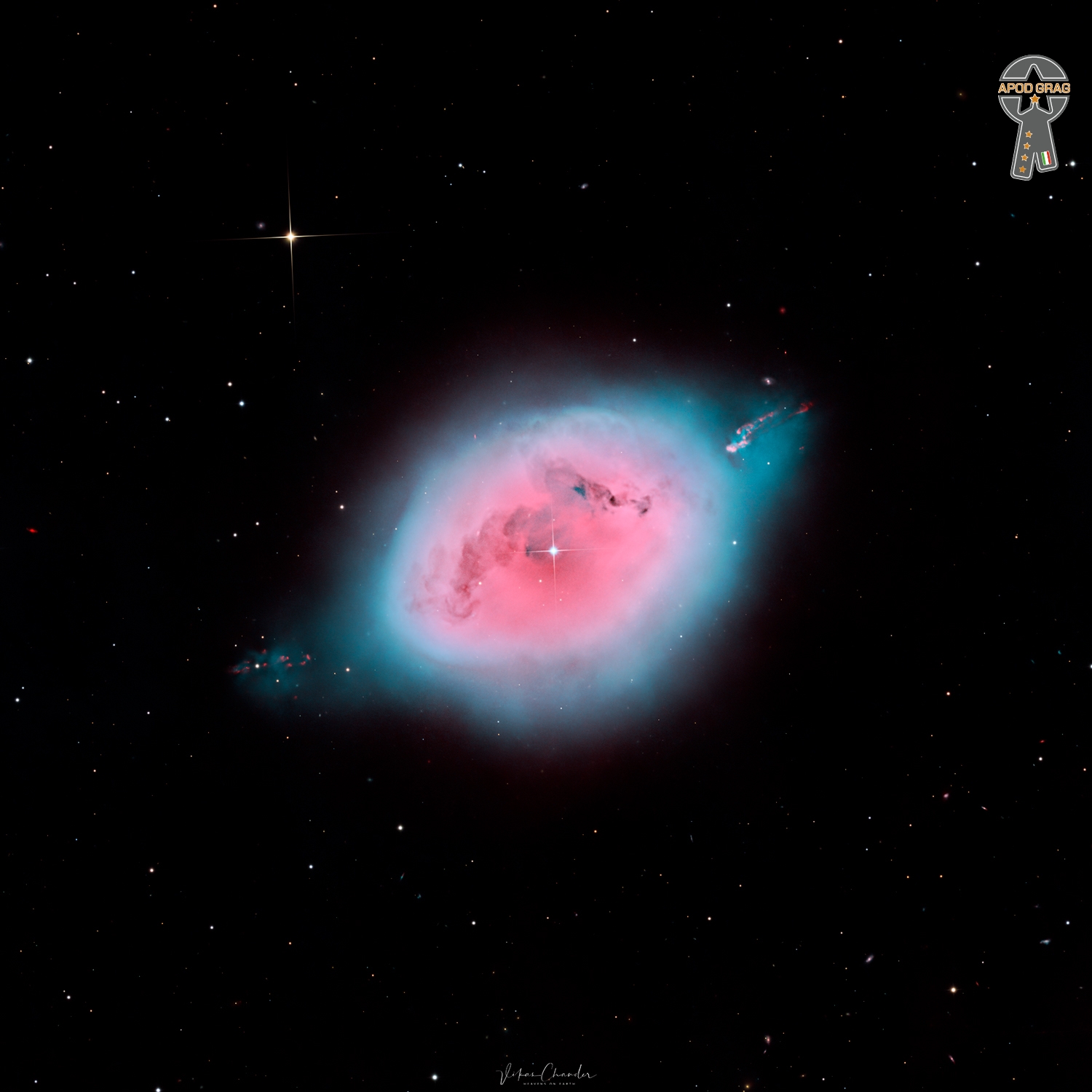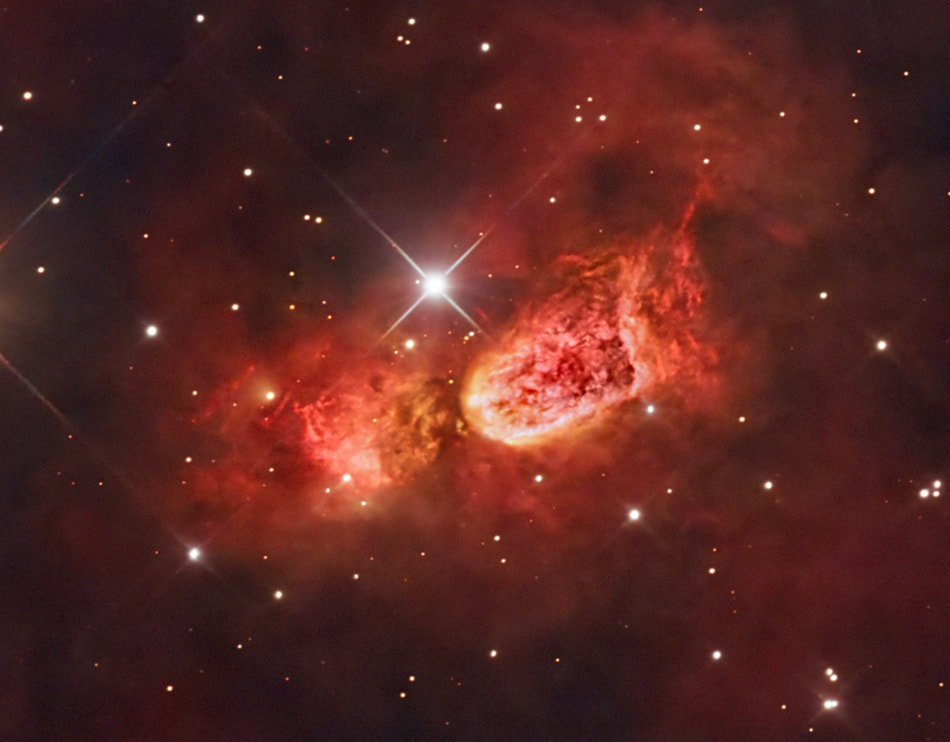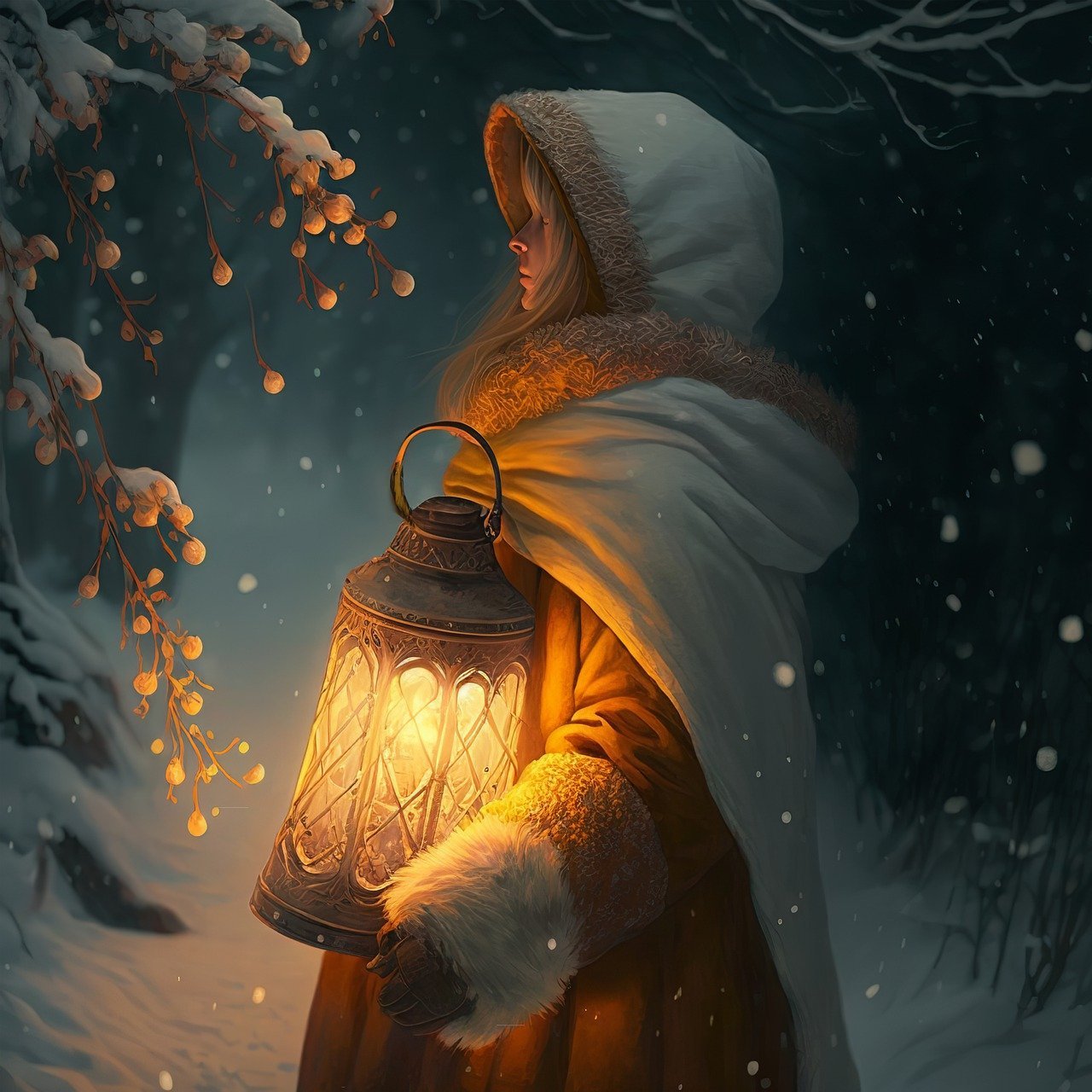Blog
Chesney Henry “Chet” Baker Jr. (December 23, 1929 – May 13, 1988 Yale, OK) was an American jazz trumpeter and vocalist. He is known for major innovations in cool jazz that led him to be nicknamed the “Prince of Cool”.
Baker earned much attention and critical praise through the 1950s, particularly for albums featuring his vocals: Chet Baker Sings (1954) and It Could Happen to You (1958). Jazz historian Dave Gelly described the promise of Baker’s early career as “James Dean, Sinatra, and Bix, rolled into one”. His well-publicized drug habit also drove his notoriety and fame. Baker was in and out of jail frequently before enjoying a career resurgence in the late 1970s and 1980s. Early on May 13, 1988, Baker was found dead on the street below his room in Hotel Prins Hendrik, Amsterdam, with serious wounds to his head, apparently having fallen from the second-story window. Heroin and cocainewere found in his room and in his body. No evidence of a struggle was found, and the death was ruled an accident. According to another account, he inadvertently locked himself out of his room and fell while attempting to cross from the balcony of the vacant room adjacent to his own. A plaque was placed outside the hotel in his memory.
more...
Lying some 1,500 light-years away, spanning about 3 lights years across in the constellation of Fornax, lies a planetary nebula with a shape and color reminiscent of a blue robin’s egg.
Recognized as a planetary nebula, NGC 1360 doesn’t represent a beginning though, but instead an end in the evolution of an aging star. A planetary nebula is created when a star blows off its outer layers after it has run out of fuel to burn. These outer layers of gas expand into space, forming a nebula which is often the shape of a ring or bubble. About 200 years ago, William Herschel called these spherical clouds planetary nebulae because they were round like the planets, but since then many more planetary nebula have been discovered of varying shapes. At the center of a planetary nebula, the glowing, left-over central part of the star from which it came can usually still be seen. It is expected that our Sun will also form a planetary nebula at the end of its life cycle.

Lil Green (probably born Lillie May Johnson; December 22, 1901 (some sources give 1905, 1910 or 1919 Port Gibson, MS) – April 14, 1954) was an American classic female blues singer and songwriter. She was among the leading female rhythm and blues singers of the 1940s, with a sensual soprano voice. Gospel singer R.H. Harris lauded her voice, and her interpretation of religious songs.
more...John Patitucci (born December 22, 1959) is an American jazz bassist and composer.
John James Patitucci was born in Brooklyn, New York. He began playing the electric bass at age 10, performing and composing at age 12, and at age 15, started playing the acoustic bass, as well as piano by age 16. He listened to bass parts in R&B songs on the radio and on his grandfather’s jazz records. He cites as influences Oscar Peterson‘s albums with Ray Brown and Wes Montgomery‘s with Ron Carter. For the development of rhythm, he points to the time he has spent with Danilo Pérez, a pianist from Panama.
In the late 1970s he studied acoustic bass at San Francisco State University and Long Beach State University. He began his professional career when he moved to Los Angeles in 1980 and made connections with Henry Mancini, Dave Grusin, and Tom Scott. From the mid-1980s to the mid-1990s he was a member of three Chick Corea groups: the Elektric Band, the Akoustic Band, and the quartet. As a leader he formed a trio with Joey Calderazzo and Peter Erskine, and a quartet with Vinnie Colaiuta, Steve Tavaglione, and John Beasley. He has played with Herbie Hancock, Wayne Shorter, and Roy Haynes. Patitucci switches between double bass and electric bass.
more...Ronald Ball (December 22, 1927 – October 1984) was an English jazz pianist, composer and arranger. n the early 1950s Ball worked both as a bandleader and under Ronnie Scott, Tony Kinsey, Victor Feldman, and Harry Klein. In 1952, he moved to New York City and studied with Lennie Tristano. At the time, it was his ambition to learn more about the American jazz scene and in the 1950s and 1960s he worked extensively with other jazz musicians. Among the musicians Ball performed with are Chuck Wayne (1952), Dizzy Gillespie, Lee Konitz (1953–55), Kenny Clarke, Hank Mobley, Art Pepper, J.J. Johnson (1956), Kai Winding (1956, 1958), Warne Marsh,(1956–57), Buddy Rich (1958), Gene Krupa (1958), Roy Eldridge (1959) and Chris Connor (1961–63).
more...Sh 2-106, also known as the Celestial Snow Angel, is an emission nebula and a star formationregion in the constellation Cygnus. It is a H II region estimated to be around 2,000 light years (600 pc) from Earth, in an isolated area of the Milky Way. Adam Block pic.

John Josephus Hicks Jr. (December 21, 1941 – May 10, 2006) was an American jazz pianist, composer, and arranger. He was leader of more than 30 recordings and played as a sideman on more than 300.
After early experiences backing blues musicians, Hicks moved to New York in 1963. He was part of Art Blakey‘s band for two years, accompanied vocalist Betty Carter from 1965 to 1967, before joining Woody Herman‘s big band, where he stayed until 1970. Following these associations, Hicks expanded into freerbands, including those of trumpeters Charles Tolliver and Lester Bowie. He rejoined Carter in 1975; the five-year stay brought him more attention and helped to launch his recording career as a leader. He continued to play and record extensively in the United States and internationally. Under his own leadership, his recordings were mostly bebop-influenced, while those for other leaders continued to be in a diversity of styles, including multi-year associations with saxophonists Arthur Blythe, David Murray, David “Fathead” Newman, and Pharoah Sanders.
more...Travis Leonard Blaylock (December 21, 1934 – June 16, 1984 Texarkana, TX), better known as Harmonica Slim, was an American blues harmonicist, singer and songwriter. He had some commercial success in the 1950s; recordings of two songs he wrote, “Mary Helen” and “You Better Believe It” (both 1956), were modest hits. He released a total of six singles and toured alongside Percy Mayfield, Harmonica Fats, B.B. King, T-Bone Walker, Pee Wee Crayton and Ray Charles. His debut album was released in 1969. By the late 1970s, he had stopped playing the blues.
He is not to be confused with (as he has been in some sources) two other similarly named artists, James Isaac Moore (better known as Slim Harpo) and Richard Riley Riggins (1921–2003).
more...Francisco Sánchez Gómez ( 21 December 1947 – 25 February 2014), known as Paco de Lucía ), was a Spanish virtuoso flamenco guitarist, composer, and record producer. A leading proponent of the new flamenco style, he was one of the first flamenco guitarists to branch into classical and jazz. Richard Chapman and Eric Clapton, authors of Guitar: Music, History, Players, describe de Lucía as a “titanic figure in the world of flamenco guitar”,and Dennis Koster, author of Guitar Atlas, Flamenco, has referred to de Lucía as “one of history’s greatest guitarists”.
De Lucía was noted for his fast and fluent picados (fingerstyle runs). A master of contrast, he often juxtaposed picados and rasgueados (flamenco strumming) with more sensitive playing and was known for adding abstract chords and scale tones to his compositions with jazz influences. These innovations saw him play a key role in the development of traditional flamenco and the evolution of new flamenco and Latin jazz fusion from the 1970s. He received acclaim for his recordings with flamenco singer Camarón de la Isla in the 1970s, recording ten albums which are considered some of the most important and influential in flamenco history.
Some of de Lucía’s best known recordings include “Río Ancho” (later fused with Al Di Meola‘s “Mediterranean Sundance“), “Entre dos aguas“, “La Barrosa“, “Ímpetu“, “Cepa Andaluza” and “Gloria al Niño Ricardo“. His collaborations with guitarists John McLaughlin, Al Di Meola and Larry Coryell in the late 1970s saw him gain wider popularity outside his native Spain. De Lucía formed the Paco de Lucía Sextet in 1981 with his brothers, singer Pepe de Lucía and guitarist Ramón de Algeciras, and collaborated with jazz pianist Chick Corea on their 1990 album, Zyryab. In 1992, he performed live at Expo ’92 in Seville and a year later on the Plaza Mayor in Madrid. He also collaborated with guitarist Juan d’Anyelica on his album Cositas Buenas. After 2004 he greatly reduced his public performances, retiring from full touring, and typically only gave several concerts a year, usually in Spain and Germany and at European festivals during the summer months.
more...Frank Vincent Zappa (December 21, 1940 – December 4, 1993 Baltimore, MD) was an American musician, composer, and bandleader. In a career spanning more than 30 years, Zappa composed rock, pop, jazz, jazz fusion, orchestral and musique concrète works; he also produced almost all of the 60-plus albums that he released with his band the Mothers of Invention and as a solo artist. His work is characterized by nonconformity, improvisation sound experimentation, musical virtuosity and satire of American culture. Zappa also directed feature-length films and music videos, and designed album covers. He is considered one of the most innovative and stylistically diverse musicians of his generation.
As a mostly self-taught composer and performer, Zappa had diverse musical influences that led him to create music that was sometimes difficult to categorize. While in his teens, he acquired a taste for 20th-century classical modernism, African-American rhythm and blues, and doo-wop music. He began writing classical music in high school, while simultaneously playing drums in rhythm and blues bands, later switching to electric guitar. His debut studio album with the Mothers of Invention, Freak Out! (1966), combined satirical but seemingly conventional rock and roll songs with extended sound collages. He continued this eclectic and experimental approach throughout his career.
Zappa’s output is unified by a conceptual continuity he termed “Project/Object”, with numerous musical phrases, ideas, and characters reappearing across his albums. His lyrics reflected his iconoclastic views of established social and political processes, structures and movements, often humorously so, and he has been described as the “godfather” of comedy rock. He was a strident critic of mainstream education and organized religion, and a forthright and passionate advocate for freedom of speech, self-education, political participation and the abolition of censorship. Unlike many other rock musicians of his generation, he disapproved of recreational drug use, but supported decriminalization and regulation.
Zappa was a highly productive and prolific artist with a controversial critical standing; supporters of his music admired its compositional complexity, while detractors found it lacking emotional depth. He had greater commercial success outside the US, particularly in Europe. Though he worked as an independent artist, Zappa mostly relied on distribution agreements he had negotiated with the major record labels. He remains a major influence on musicians and composers. His many honors include his posthumous 1995 induction into the Rock and Roll Hall of Fame and the 1997 Grammy Lifetime Achievement Award.
more...Bennie Ross “Hank” Crawford, Jr. (December 21, 1934 – January 29, 2009 Memphis, TN) was an American alto saxophonist, pianist, arranger and songwriter whose genres ranged from R&B, hard bop, jazz-funk, and soul jazz. Crawford was musical director for Ray Charles before embarking on a solo career releasing many well-regarded albums for labels such as Atlantic, CTI and Milestone.
When Crawford left Ray Charles in 1963 to form his own septet, he had already established himself with several albums for Atlantic Records. From 1960 until 1970, he recorded twelve LPs for the label, many while balancing his earlier duties as Ray’s director. He released such pre-crossover hits as “Misty“, “The Peeper”, “Whispering Grass“, and “Shake-A-Plenty”.
He also has done musical arrangement for Etta James, Lou Rawls, and others. Much of his career has been in R&B, but in the 1970s he had several successful jazz albums, with I Hear a Symphony reaching 11 on Billboard‘s Jazz albums list and 159 for Pop albums.
more...More Posts
- Maceo Parker
- Merl Saunders
- Dwike Mitchell
- World Music with Meklit Hadero
- Daily Roots with Bob Marley
- Surviving the Pandemic and Realizing Racial Justice
- The Cosmos with NGC 6902
- Peter Gabriel
- King Floyd
- Rebop Kwaku Baah
- Wardell Gray
- World Music with Tartit
- Daily Roots with R Zee Jackson
- Abraham Lincoln Day 2021
- Happy Lunar New Year 2021
- Surviving the Pandemic and Realizing Racial Justice
- The Cosmos with NGC 1350
- Narasimhan Ravikiran
- Omar Hakim
- Bill Laswell


